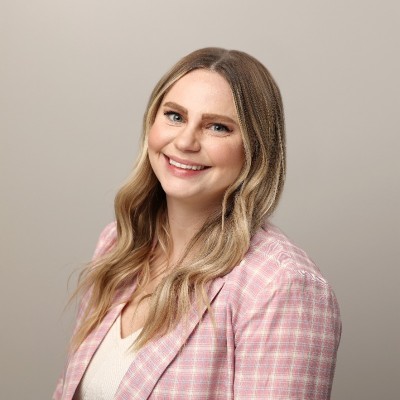Look, we all know that a big part of your business revolves around finding your potential customer base and convincing that base to become paying customers.
That’s the primary focus at 97th Floor too.
We create Facebook ad campaigns to find those potential customers and get them to become paying customers for our clients.
We’ve seen a lot of success doing this for clients like the Utah Jazz, and we know you can see that kind of success too.
Here’s why.
Facebook Ads Are The Solution To Your Customer Problem
Facebook ads are important. If you can pay to get ads in front of the right people, and they convert at the right rate, you can ultimately earn more money than you spend.
And who doesn’t want that?
Facebook ads can help you expand your brand’s reach to new, potential customers. Facebook’s audience contains roughly 2 billion monthly users, and those are people who actively use the site. You’re simply not going to find audiences that size elsewhere.
Facebook ads also has incredibly detailed targeting capabilities. Thanks to Facebook, you can target people by their interests or demographics. You can create lookalike audiences and target those too. Or you can remarket to people who have visited your website or interacted with your brand in some way.
Facebook ads are also cost-effective for companies with smaller budgets, meaning you don’t need a lot of ad spend to get a lot of eyeballs on your ads.
All in all, Facebook ads are a fantastic way to find, talk to, and sell to your customer base.
That being said, there’s one problem a lot of people run into when they’re creating paid ad campaigns for Facebook.
Facebook Ads’ Math Problem
Like all ad platforms, only a portion of the people who see your ad will click on it. And only a portion of the people who click on your ads will convert.
So with all other things being equal, the more money you spend on your ad campaigns, the more people will see your ads, click on them, and eventually convert. However, the more you spend on ads, the more people will see your ads and opt not to click on them or convert.
And that’s money you’re leaving on the table.
While it’s good to maximize your ad spend, paid campaigns are only part of the equation you need to consider.
The other part of the equation is conversion rate optimization (CRO).
Using CRO To Get Facebook’s Math Working In Your Favor
Let’s say you had a budget of $10,000 for Facebook marketing that got your ads in front of 100,000 users. A portion of them click on your ad and then a portion of those who make it to your landing page decide to convert.
Let’s say that conversion percentage is 1%.
That means you’re spending $10,000 to get 1,000 new conversions.
Now, you can increase your ad spend and work on optimizing your ads. And those efforts might get your ad in front of more people, which in turn, translates to more clicks and more conversions.
But what if you changed the landing page as well? Just experimenting with your ads will get more people to click through, but your on-page conversion rate is going to stay the same.
That’s where conversion rate optimization or CRO comes in.
CRO is a systematic and data-driven way to test different elements of a webpage to see what resonates with your visitors.
The idea is simple. The more you learn about your audience through conversion rate optimization, the more you can tailor the webpage to them. The more the website resonates with them, the more they will convert. The more they convert, the more cost-effective those Facebook ad campaigns become.
CRO tests analyze elements of a webpage such as:
- The content on the page
- The calls to action (CTAs)
- The value propositions
- The categories and products on the page
- Adding or removing elements on the page
- Adding in reviews/testimonials on a product page
- The checkout process
- The mobile experience
- Click-to-call vs completion form designs
By analyzing a webpage, a skilled CRO marketer can observe how people interact with that page, form hypotheses on why visitors act the way they do, test their hypothesis, and use that data to draw conclusions about the audience.
The more a CRO marketer can learn about your audience through A/B testing, the higher your conversion rate will be.
And the higher your conversion rate is, the more you’ll make off of your Facebook ad campaigns.
It’s that simple.
It’s Not An Either/Or Discussion
Facebook ads are a great way to grow your brand and increase revenue.
And as long as you’re making more money than you’re spending, you should consider maximizing your ad spend when possible. That being said, you should also look into CRO testing as it will make your ads more profitable than they would be without it.
It’s not a matter of whether you should do CRO testing or paid advertising, but what mix of the two will produce the most profitable ads for you and your company. Your paid marketing and CRO efforts support one another and taking advantage of both will yield better results than relying on just one or the other.
Both paid and CRO marketing will teach you different things about your customer base. You can apply your CRO findings to your paid marketing to improve your ads and you can take your paid findings and apply them to your CRO tests.
If you’re interested in applying CRO testing to your paid ad strategy, but don’t know where to start, 97th Floor can help you. We have experts in both paid marketing and CRO who can help you boost the number of visitors to your site and get more of those visitors to convert.
Go ahead, you have everything to gain and nothing to lose.








